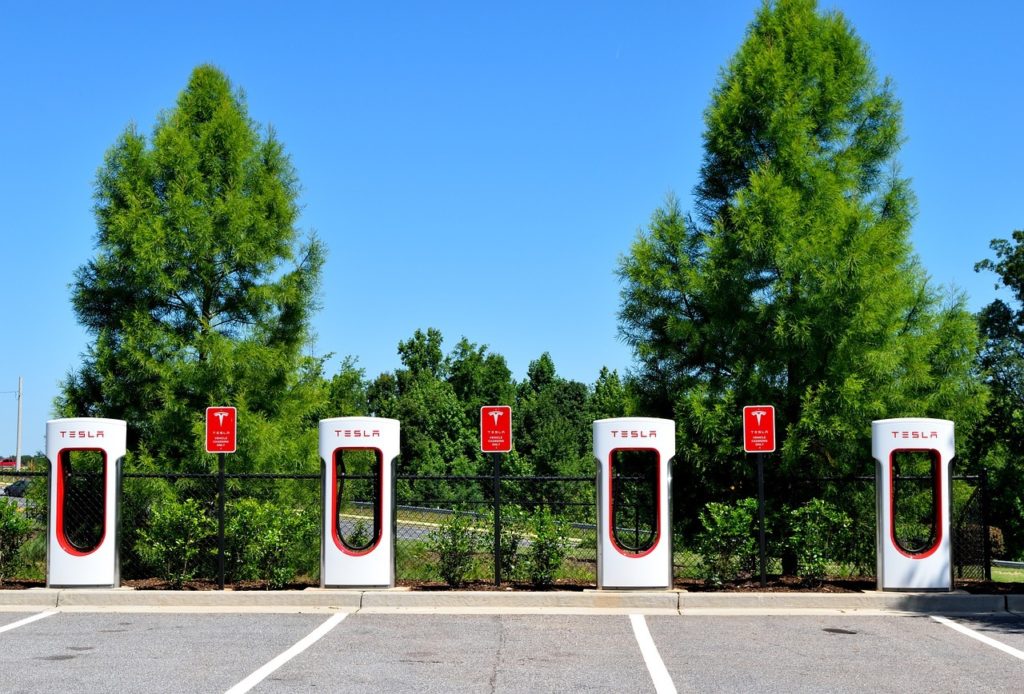Last month researchers at Canada’s Dalhousie University, led by Professor Jeff Dahn, published a paper in which they presented a new form of battery which would be able to power an electric vehicle for over one million miles.
The university has a research partnership with Tesla and appears to bring the promise made by Tesla’s Elon Musk last April, that his company’s vehicles would soon be able to travel over a million miles in their lifetime, a step closer to reality. The paper claims the batteries would lose less than 10% of their energy capacity during this period. This is the critical bit, presently the batteries used in electric vehicle are expected to remain useable for between 300-500,000 miles. There is no standard definition of what is useable, but let’s go with being able to hold 70% of the original stated charge.
You might think being able to last 300,000 miles is a case of overkill, but with Tesla moving into the commercial vehicle (taxis, trucks and lorries) market, which involves longer distances per vehicle, having to pull longer loads, more start and stop cycles. The batteries could also be used for energy storage for up to two decades according to the research. Whatever their use, we’re going to be expecting more from our humble batteries in the coming years.
All kinds of claims can be made under laboratory conditions, but it’s how that particular battery chemistry performs in real-world environments which will be the real test. Perhaps we won’t have long to wait, because rather than keeping the specifics of their battery chemistry and technology hushed up for commercial reason, the researchers have published the details on their battery, and hope it can be used as a new benchmark for the industry.
Professor Dahn states “Full details of these cells including electrode compositions, electrode loadings, electrolyte compositions, additives used, etc. have been provided. This has been done so that others can recreate these cells and use them as benchmarks for their own R+D efforts.”

So what is it that makes these batteries different?
The batteries use a NMC (lithium nickel manganese cobalt) for the cathode, the positive electrode. The anode, negative electrode, uses artificial graphite, whilst the electrolyte is a lithium salt containing other compounds.
Seasoned battery-watchers amongst you will be thinking this doesn’t sound unusual, and you’d be right. With the notable exception of Tesla itself, this is pretty standard fare for electric vehicle batteries. So where does the improvement come from?
It turns that the improvement comes from working on the existing features of the battery chemistry, rather than looking for some kind of miracle technology which doesn’t exist and would be costly, or impossible, to produce at scale. Another focus was on the cathode. It turns out that the repeated charge-discharge cycles on EV batteries can cause cracks to develop in the cathode. This battery design uses a ‘single-crystal’ structure to minimise this failure over time.
Traditionally there has been a trade-off in battery design between energy density – how much energy can be stored in the battery and therefore how far a vehicle can travel, with the lifetime of the battery. The more energy a battery contains, the shorter the lifetime. When you’re considering how trucks, taxis and other commercial vehicles are used, it looks perhaps this compromise has been largely overcome if this research is borne out in real-world useage.













